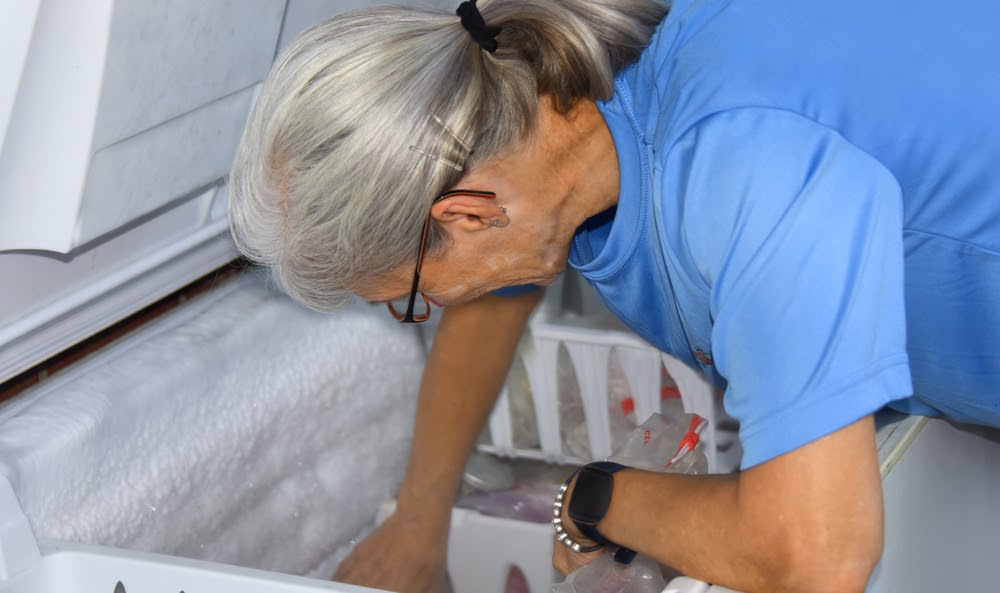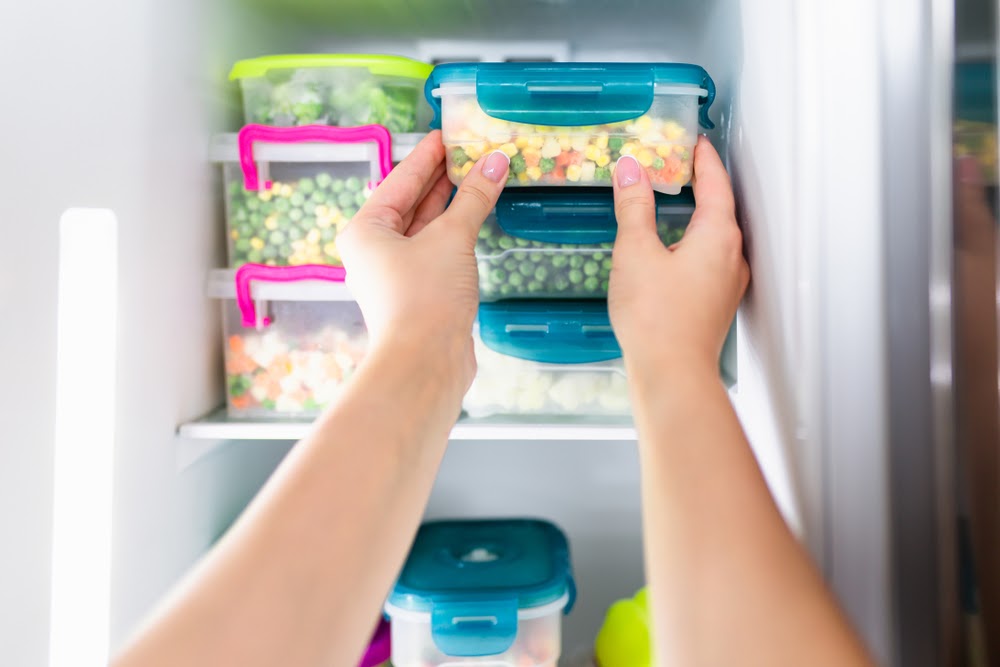An Energy Efficient Freezer Can Help Cool Electricity Costs
Typically, homeowners have a refrigerator that also offers a freezer space. These appliances are offered in different finishes and upgrades, including energy-efficient features. Some homeowners also might use a separate freezer to store bulk purchases of meat and other foods. These appliances—known as chest freezers—might be adding extra green to the monthly energy bill. Smaller, compact freezers also could be used for extra storage.
When the standard chest freezer or compact freezer starts to age out of its usefulness, upgrading to an energy-efficient freezer can help cool the electricity costs.

How Much Energy Does a Freezer Consume?
Many homeowners understand that some of the greatest energy drains in the house often include the HVAC (heating and air conditioning), the water heater, and washers and dryers. However, refrigerators are also on that list. The list of major offenders also has included lights; this energy waste could be exacerbated if homeowners leave lights on when they aren’t in use.
How much energy does the refrigerator consume? According to an Infographic via Visual Capitalist, the fridge accounts for about four percent of the home’s monthly energy consumption. However, this is the standard fridge in the kitchen and doesn’t take into account separate freezers beyond those attached to the refrigerator.
SFGate explains that upright freezers—like the ones attached to the fridge—actually consume more energy. Why? When someone opens the door to the freezer, warm air from outside the freezer enters, causing the freezer to work harder. Chest freezers use less energy, because the cool air stays low when the chest is opened. SFGate notes that a smaller chest freezer will only use about $4 of electricity a month. Those upright models, however, will cost almost four times as much per month–$14!
Energy-Efficient Models Cheaper Over Time
The investment cost of an energy-efficient freezer might be more expensive when compared to the standard model. However, The U.S. Department of Energy explained that as long as the initial cost of the energy-efficient model doesn’t exceed around $68 more than the standard model, then the homeowners will save money.
When factoring savings over time, homeowners have to take into account the initial cost plus the monthly cost of electricity. Over the life of the freezer, an energy-efficient upgrade could save about $68.
Homeowners may want to shop around to find the best prices on freezers. Compare standard models to energy-efficient models…and work up the numbers. The Department of Energy notes that an energy-efficient model will cost homeowners $38 per year in energy usage, while a standard freezer costs $42 a year. There’s still savings, but the difference isn’t huge.
Remember, the composition of the fridge also can affect energy use. Uprights are pricier to cool. However, some homeowners need both. When shopping, compare and contrast energy figures…it should be available.
Opt for an Energy-Efficient Refrigerator
For homeowners who need a new refrigerator plus a freezer, shopping for an energy-efficient fridge can save more money. Again, though, homeowners might look for a fridge with a chest freezer—they are more energy-efficient.
An ENERGY STAR refrigerator can help homeowners save more than $200 during the life of the fridge. The assumption is that a refrigerator should last around 12 years, representing a savings of about $16 a year.

In the Meantime…Don’t Waste Energy!
Not in the market to upgrade the fridge or freezer? If the current model is still running and staying cool, replacing it might not be necessary. However, if homeowners want to save money on their electricity costs, they can still take some steps to lower that bill.
Even if the refrigerator isn’t energy-efficient, there are bad habits that homeowners may follow that cost even more money. Leaving the fridge or freezer door ajar could cause a boost in the monthly bill. Before heading to bed, double check those doors and make sure they are shut tight. Sometimes kids, teens or even adults don’t properly shut the door, leaving the cool air escaping all night. This could be some serious energy waste.
Cheat Sheet also gives a list of tips to lower costs. The site recommends moving the fridge an inch from against the wall, as this small gap can save about 40 percent in energy use. Keeping the food neatly arranged also can help save energy; cramming products can block air flow. The site also recommends storing foods properly; veggies go in the drawer, milk goes on the shelf (never the door!), etc.
And don’t forget to clean the fridge! Cheat Sheet notes that homeowners should clean out the coils, as dirt or debris could affect efficiency.
As for the temperature of this cool appliance, Cheat Sheet explains that the fridge should be set between 37 and 40 degrees Fahrenheit, while the freezer should stay at five degrees Fahrenheit.
While an energy-efficient freezer or refrigerator/freezer combo can save homeowners money over the life of the appliance, there are many tips and tricks to keep standard appliances running efficiently so homeowners can avoid energy drains and not be frozen at the sight of their electricity bill!


